On January 16th we passed a milestone at Saint John's. After months of work, two floors of Alcuin Library reopened, and what awaits students and faculty is a stunning renovation and adaptation of space to meet current needs. What they'll also find is access to the new special collections department, complete with reading room.
The nucleus of the special collections department came with the monks who first settled at Saint John's. They arrived with a few trunks of books that they had brought from Germany, and to that core successive generations have added steadily. By far the biggest addition came with the books, manuscripts, prints and works of art bequeathed to Saint John's by Benedictine Oblate Frank Kacmarcik. Taken together, it is now one of the strongest collections at any liberal arts college in the country.
Happily, the collection continues to grow, as I was reminded last week when I paged through a copy of Petrarch's De remediis utriusque fortunae, printed in 1492. It's what is termed an incunable, which describes a pre-1501 printed book; and Petrarch's text joins a slowly growing collection of incunabula at Saint John's.
Each book has a story to tell, and this book's story is associated with Professor Conrad Rawski, a specialist in medieval Italian literature and dean at Case Western Reserve University in Cleveland. Conrad had been a patron of the Hill Museum & Manuscript Library for years, and he was one of the first individuals with whom I had contact when I became director in 1993. We struck up a correspondence that lasted until his passing, and in time we each counted the other a good friend.
Conrad's Benedictine roots were an added bonus, however. He had grown up in Vienna, where he was schooled at the Schottenstift, an abbey of Benedictine monks originally founded in 1155. Several of the monks befriended him, and the friendship continued through his years at the University of Vienna. It was they who helped Conrad to escape Austria on the eve of WW II, and that led to life in America and a career at Case Western. Along the way Conrad also assembled a small collection of rare books, including several that had once belonged to his father.
In many ways Saint John's became the beneficiary of the gratitude Conrad had felt for his Austrian Benedictine teachers. So it came as no surprise when Conrad's widow, Helen, asked me whether we would like to have Conrad's books at Saint John's. My response was instant, warm and in the affirmative.
All that took place a few years ago. A few weeks ago Helen emailed to ask whether we might want the remaining memento of Conrad which she had treasured since his passing. I had once paged through that book by Petrarch in Conrad's study in Chagrin Falls, OH, and I knew it was special because it had inspired his multi-volume translation and commentary. This we would definitely be honored to add to our special collections department.
Last week I leafed through that volume once again. Ironically, one of our newest books happens now to be one of our oldest books. At Saint John's it's found a new home, ready for any and all scholars. But for me it will always be a little bit more. It's a symbol of a unique friendship, and a reminder of one man's reverence for the Benedictine tradition.

